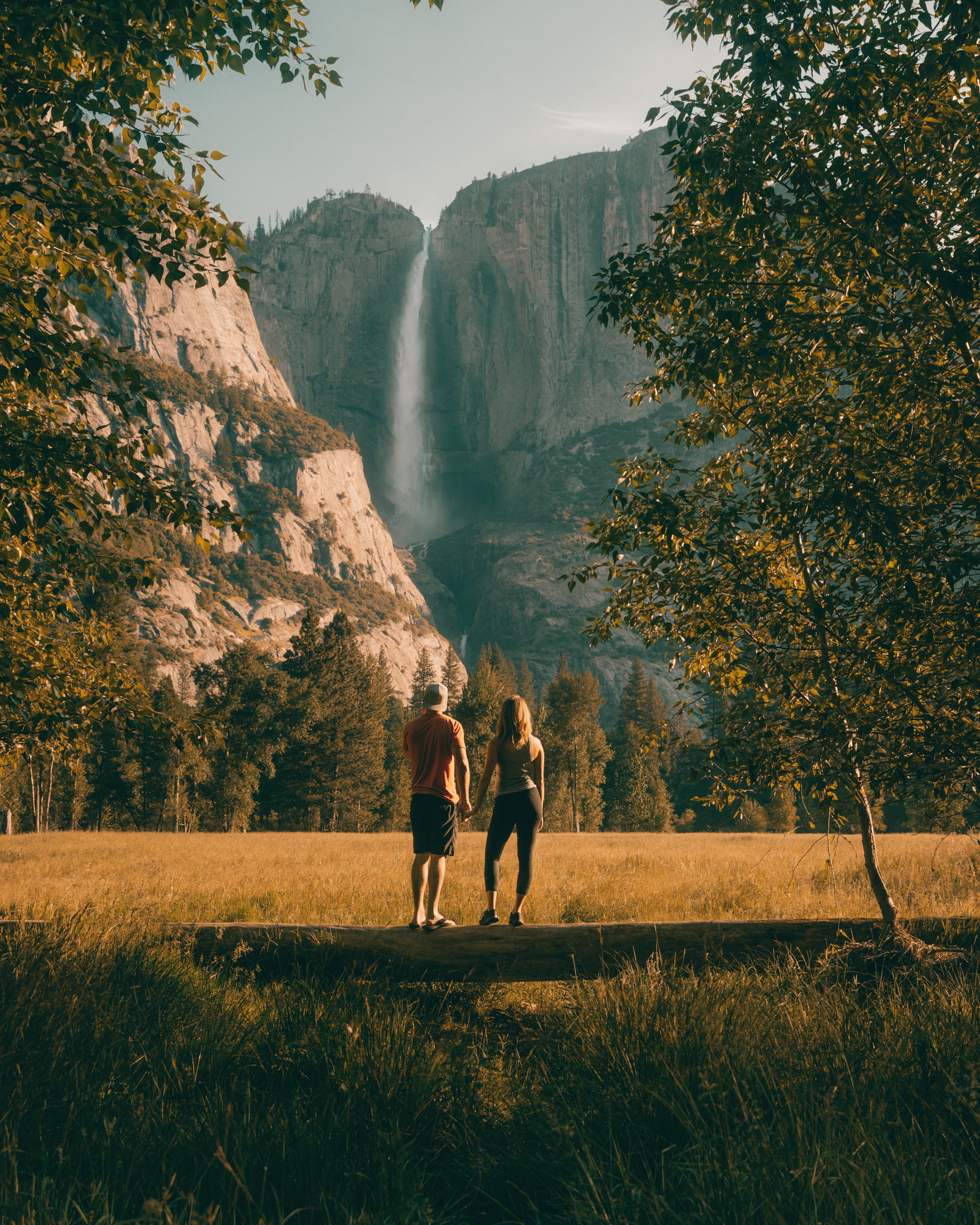Imagine the great American wilderness, untouched by human hands. Forests left to grow wild, bison and elk roaming freely. A virgin, undisturbed landscape stretching from sea to sea. It’s part of the American story. The forest service calls it “a proud heritage”.
“We at the Forest Service were in the forefront of what might be called the early wilderness movement,” said Thomas Tidwell, then Chief of the US Forest Service, in a 2014 address. He added that “the wildness of the American frontier was part of what we were protecting” with the national forest program.
“That’s because wilderness is key to our cultural heritage as Americans… Wilderness is part of who we are as a people, and from the very outset the Forest Service was dedicated to protecting America’s wilderness heritage.”
The problem is, that wilderness never existed.
The Myth of the American Wilderness
For hundreds of generations, the Native people of this continent practiced game and land management that kept the landscapes thriving, productive, and teeming with healthy biodiversity.
According to Charles Mann in his book 1491: New Revelations of the Americas Before Columbus, the continent was landscaped with attentively maintained game forests, sprawling fields of maize, clean city streets in metropolitan cities bigger than Paris or London, stone and packed earth pyramids rivaling those in Giza, and botanical gardens—which Europeans had never seen. Prior to the colonial era, the western hemisphere was more populous, thriving, and in many ways more technologically advanced than Europe.
The forests that are now national parks were not all left to grow wild. Many of them were maintained by controlled burns in cycles of about three years. These human made fires cleared away undergrowth and nourished the soil to stimulate new shoots, which attracted small game. Those in turn attracted larger predators. All of this was hunted used, according to sustainable methods that kept populations in balance. What we now know as national parks, in other words, did not spontaneously aries in nature. They were crafted through human participation. Just like maize.
Technological Sophistication and Stable Civil Life in the Corn Basket of the World
Indigenous people of the western hemisphere also engineered the crops that would feed the world. The development of maize would prove to be one of the most important technological achievements in human history, and the spread of corn brought numerous people groups around the world back from the brink of starvation. Add to this the engineering of tomatoes, potatoes, chocolate, vanilla, peanuts, and a host of other crops bequeathed to the world, and today you can see Native American engineered food almost everywhere you look. In any given kitchen, 60 percent of the food is Native American. Remember this next time you hear an Italian complain about American pizza, or a Brit look down their nose at french fries.
All of this agricultural sophistication required widespread land management and stable civil life. The narrative of America as a wilderness erases Native peoples and their sophisticated relationship with the land to instead support the terra nullius fallacy behind settler-colonial apologetics. It says that no one was here, or at least no one was using the land, so it was anyone’s for the taking. While this is untrue, the narrative isn’t entirely built from malicious lies. It’s at least partly based in Eurocentric ignorance. Because when settlers arrived, they really did think they were looking at a wilderness.
Settlers in a Post Apocalyptic Landscape
Much of what’s taught about settler and Native history relies on the journals of early colonizers, because Eurocentric white supremacy rejects the validity of Native histories. As they invaded and set up squatter camps, Europeans frequently described the desolate, overgrown wildernesses they encountered, and the shabby villages sparsely populated with struggling Natives. What they didn’t know is they were looking at the aftermath of an apocalypse.
In Braiding Sweetgrass: Indigenous Wisdom, Scientific Knowledge, and the Teachings of Plants, Professor of Environmental and Forest Biology Robin Wall Kimmerer, who’s also a member of the Citizen Potawatomi Nation, describes how settler’s diseases preceded them, altering in advance the landscapes they would soon claim to discover.
“A tsunami of disease swept the Oregon Coast in the 1830s, the germs traveling faster than the covered wagons could. Smallpox and measles came to the Native peoples, diseases for which they had no more resistance than did grass before a fire. By the time the squatters arrived around 1850, most of the villages were ghost towns. Settlers’ diaries record their surprise at finding a densely forested place with a pasture all ready for their livestock, and eagerly set their cows out to fatten on the native grasses.”
Most European settlers never saw Indian civilization in its glory. They destroyed it before they even arrived, and their accounts of it are skewed by their very presence. True to the observer principle of quantum mechanics, they couldn’t view this land without inadvertently altering it.
Disease and Illusions of Supremacy
A settler disease that was probably hepatitis killed 90 percent of the coastal population of what is now called “New England”. Smallpox, measles and influenza—diseases Europeans fostered over generations by living closely with domesticated animals and neglecting human hygiene—swept across our beautiful continent like wildfire, killing an estimated 20 million people, or 90 to 95 percent of the population of the entire continent, before they ever set eyes on a white person. Unable to step outside their bubbles of filth and disease, settlers couldn’t see the reality outside of it, either.
The white supremacist narrative, which most of us grew up with, frames this as a biological defect in Natives, as though they lacked some super gene that enabled the heartier Europeans to resist disease. In fact, because precolonial Natives kept game forests instead of living in domestic relationships with animals, and because they regularly bathed (unlike the Spanish, who almost never did), and because they kept clean streets (unlike the open sewers that were European streets), they were free of the kinds of cross-species diseases that were filling up body carts in Europe and driving settlers into desperate flight. But even today settlers congratulate themselves on their imaginary conquest of this continent. The five percent of Natives that did survive the plagues have been hearty enough to fight settler-colonialism for 500 years, and are still holding out.
Reframing the Story to Change the Landscape Again
The racist history of conservationism and the national park system fails under scrutiny, because it’s based on the myth of the American wilderness. The vision of a ‘preserved wilderness’ in America is a settler fantasy that depends on the erasure of the very people who know best how to tend to this wonderful land. Even Yosemite, one of America’s most iconic national parks, was taken from the residents who helped build it. They were dressed up like Plains Indians and told to perform for tourists.
In his article 1491, which became the basis for his book, Mann concludes, “If [environmentalists] want to return as much of the landscape as possible to its 1491 state, they will have to find it within themselves to create the world’s largest garden.” Such an environmental effort would require settlers to step down, returning land management to Natives. True conservation and environmental progress is not possible through the racist mythology of settler-colonialism, but rather through Indigenous leadership, Indigenous stories, and relationship to the land.
1491Braiding SweetgrassCharles MannConservationismEnvironmentalismNational ParksNative AmericanRobin Wall KimmererYosemite




